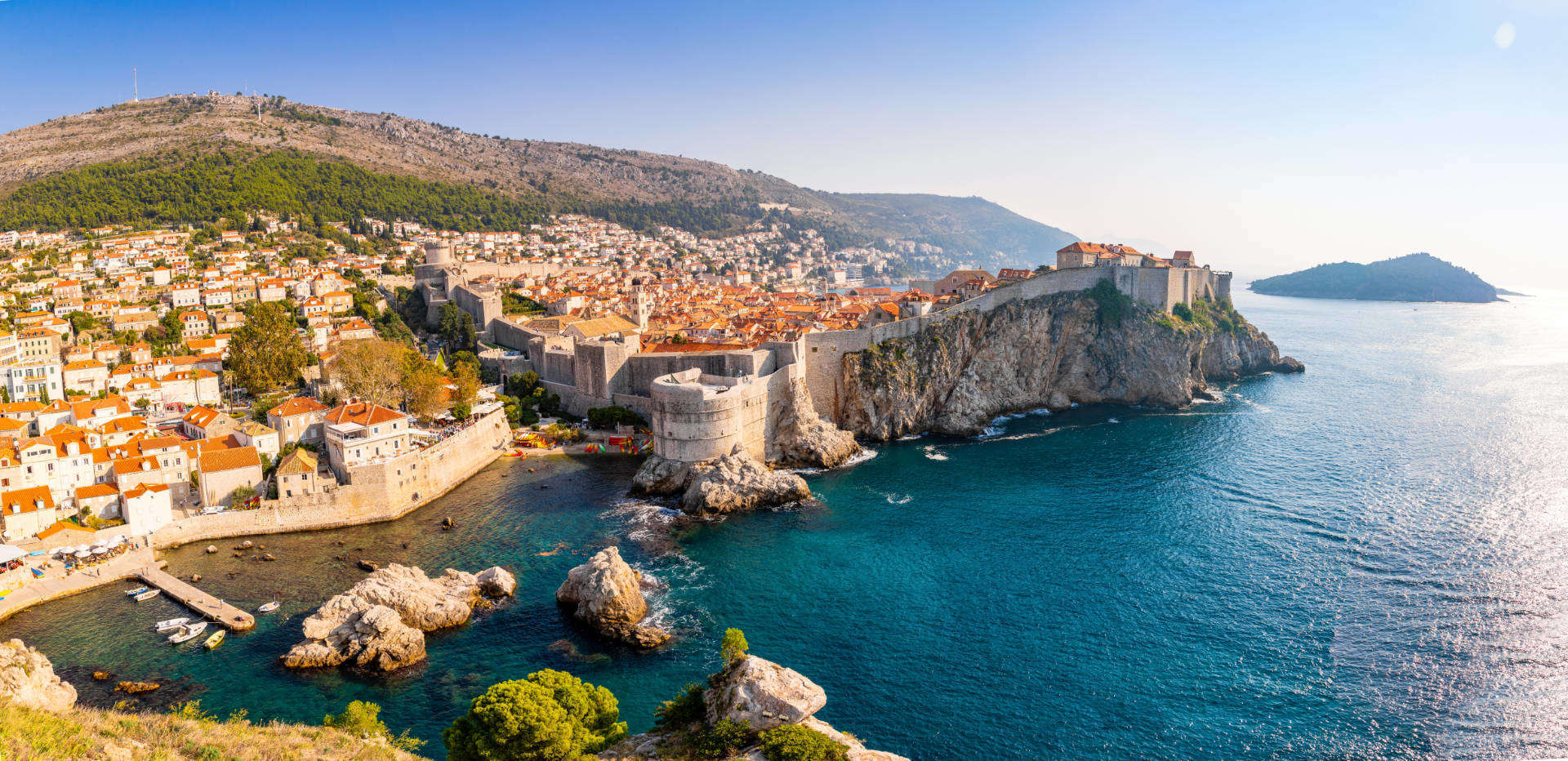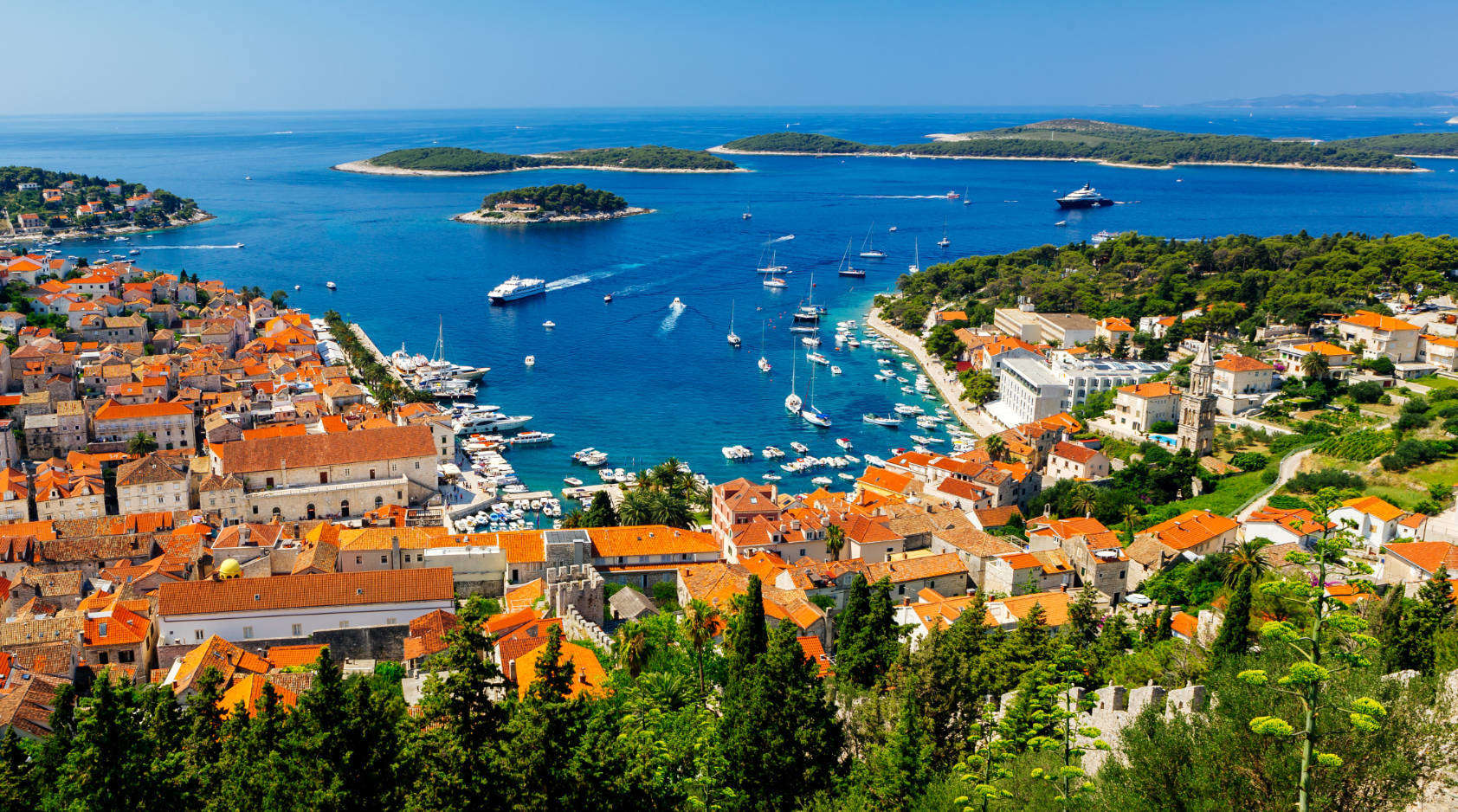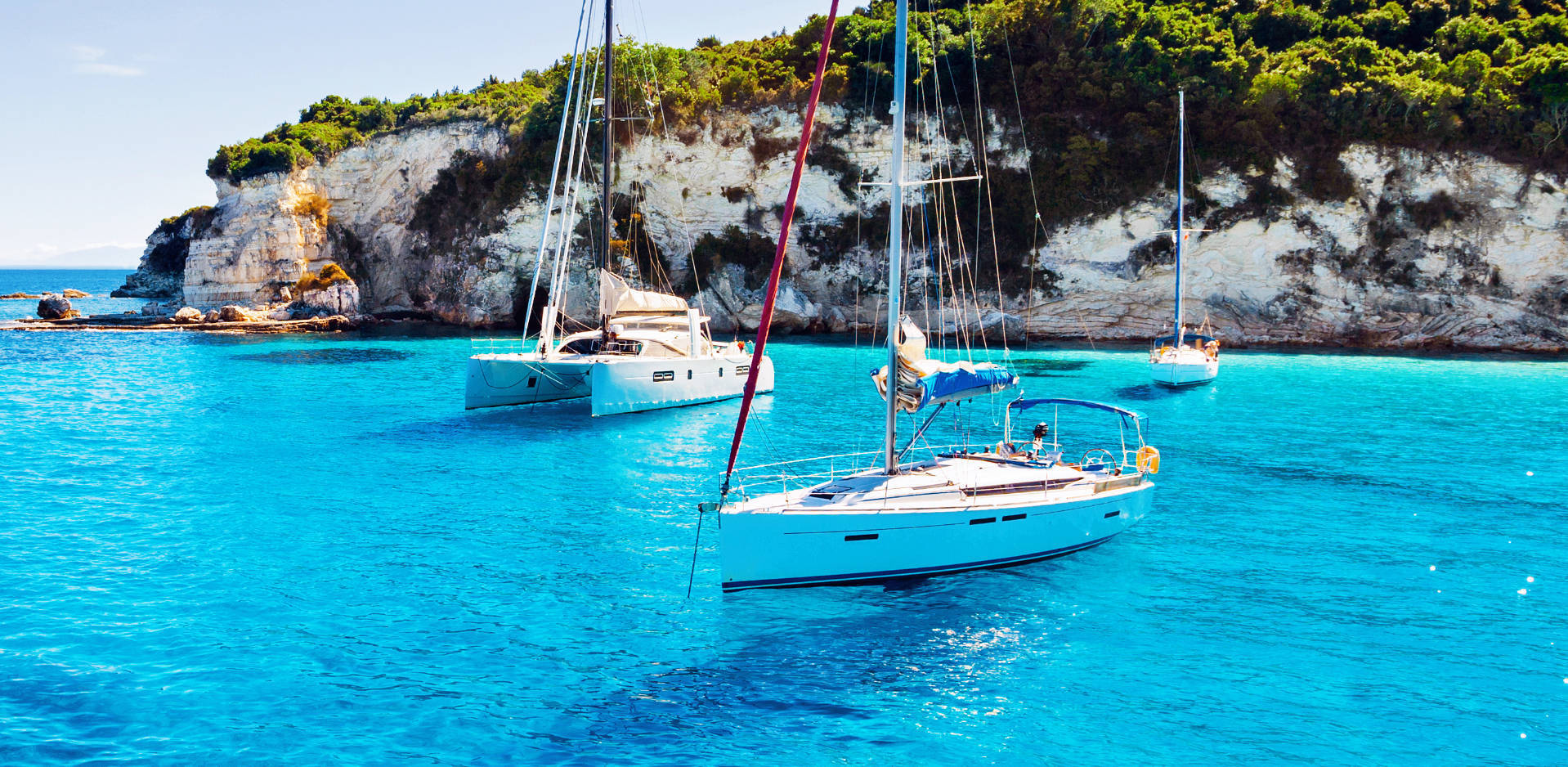Sailing Boats
We highly recommend sailing boats for holidays in Croatia to every true lover of the wind and the sea.
Book now for a special discount for your next yachting holiday adventure – limited time offer!


7 days charter span doesn't suit you? Contact us
We provide customized yacht charter holidays for each client, offering individualized approaches to create the best yacht charter experience of your lifetime.
Explore stunning destinations such as Croatia, Turkey, BVI and Greece with our wide range of boats. From the thrill of navigating a sail boat or catamaran to the luxury of a motorboat, our offerings cover every aspect of yachting. For those who seek independence, our bareboat charters allow you to explore at your own pace, while our crewed charters offer a more relaxed, fully serviced experience.
Our long-term vision is to create a strong relationships with our clients and partners. We aim to be recognized as the best yacht charter advisor, known for our commitment to excellence and personalized service. Experience the ideal sailing holiday with us and create memories that will last a lifetime.
Discover the thrill of yacht charter in Croatia, Turkey, Greece and BVI with our diverse fleet of boats, available for rent with or without a skipper. Rent a sail boat, motor boat or catamaran and set sail on a dream sailing holiday.
Our offer includes top-quality sail boats, motor boats and catamarans, ensuring you have the perfect vessel for your yachting adventure.
Experience the freedom of a bareboat hire charter, allowing you to navigate the stunning coastline independently. Whether you’re looking for the exhilaration of sailboats, the power of motor boats, or the spacious comfort of catamarans, our charter fleet has something for every yachting enthusiast.
We highly recommend sailing boats for holidays in Croatia to every true lover of the wind and the sea.
Motor boats are the right choice for anyone who appreciates comfort, speed and power.
If you want to spend your holidays with family and friends and you are considering chartering a boat in Croatia.
Whether it's a romantic getaway, a family adventure, or a corporate retreat, our featured charter deals promise an extraordinary blend of comfort and excitement.
We'd love to hear about your sailing experiences with us. Write to us!
Discover Croatia's captivating beauty with our expertly guided tours, showcasing rich history, stunning landscapes, and vibrant culture.
We offer wide range of additional services to make your bareboat charter more carefree. Services like these include crew service (skipper or hostess), transfers from/to wherever you might need, provisioning and additional base offer. We are also offering one-way charters, but we advise to explore this option before making a booking.
Charter investment option is great for those who seek relatively fast investment return.
Don't have time to maintain your yacht? See our yacht management program and let us do it for you.
Stay anchored with us for the latest updates, exclusive discounts, and promotions that will elevate your seafaring experience. Set sail on this journey with us, where every article is a voyage into the enchanting world of sailing.




